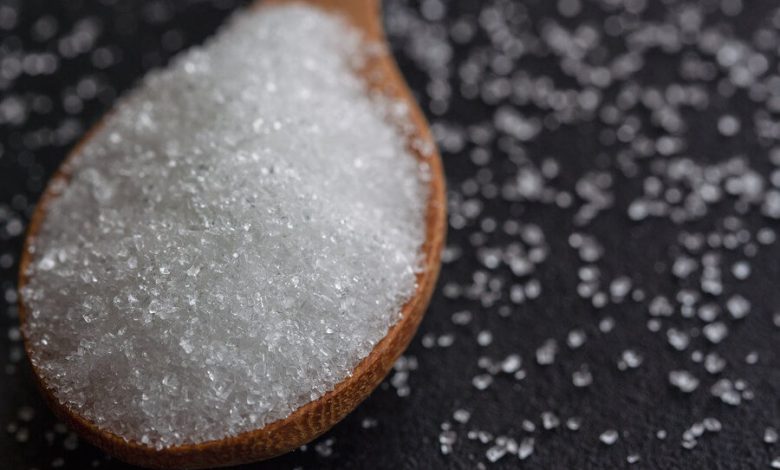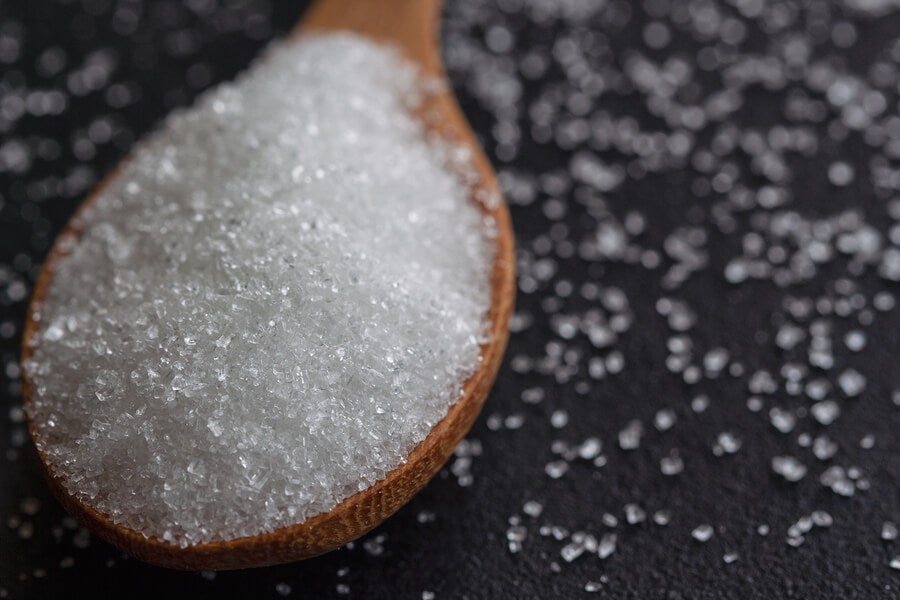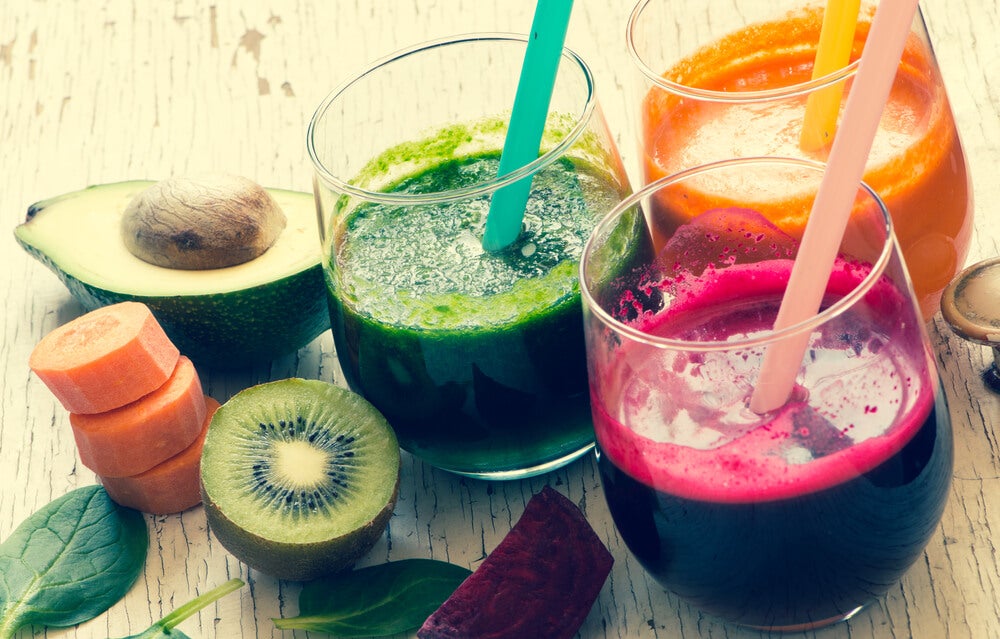How Does The Body Assimilate Glucose?

Although glucose is very important for our body to function normally, it is necessary in moderate amounts. When glucose levels are too high or out of control, we can have serious health problems.
Glucose is a monosaccharide that contains 6 carbon atoms. It is a form of sugar and is one of the most abundant organic compounds on Earth.
One of its main functions for humans is to be a source of energy for all cells in the body. Sugars are necessary for many of our organs, such as the brain and other tissues. Along with lipids, glucose is one of the main energy substances.
Glucose and sugar are not the same
These are two compounds that we should not confuse. Sugar (sucrose) is another chemical compound that is made up of glucose molecules and fructose molecules.
Although after its degradation the body assimilates glucose, sugar is not necessary in our diet. What the body needs to function is glucose. And, as we will see below, it can come from other sources.
Main sources of glucose

The way we normally ingest glucose is through carbohydrates and sugar. The most common are bread, pasta, rice, vegetables, fruits, and dairy products.
All carbohydrates end up contributing glucose to our body when they are degraded. The only exception is fiber. Not having the proper enzymes to break it down, it passes through the digestive tract intact until it reaches the colon. There our intestinal bacteria will be in charge of digesting it.
However, it should be noted that the body also has other pathways for energy, in the absence of carbohydrates. From fat and protein other metabolic pathways are activated and the body also assimilates glucose.
How the body assimilates glucose
When we eat foods rich in carbohydrates, their digestion begins. From the mouth to the small intestine, and thanks to enzymes, digestive juices and movements of the digestive system, we break down complex carbohydrates to obtain glucose.
Glucose molecules pass into the small intestine. But from there they still cannot be used by our cells.
Once they are in the small intestine, they pass into the blood. At this point the pancreas and insulin come into play. When the brain detects the presence of glucose in the blood, it sends a signal to the endocrine gland to secrete insulin. In normal situations, the pancreas secretes the necessary insulin automatically at all times.
We could say that insulin is like the key that opens the door of the cells so that glucose can enter. Once inside the cell, it can already be used as a source of energy.
Differences in absorption by source
Although both sugar and carbohydrates end up providing energy to the body, the assimilation of glucose in the body is not the same when we eat one or the other.
Some foods are basically rich in simple sugar: honey, table sugar, syrups, soft drinks, or fruit juices. By being digested quickly, glucose also reaches the blood faster, producing spikes in blood glucose. In response, the pancreas also secretes more insulin, which will be more abundant in the blood.
One of the consequences of this response is that after the action of insulin, a rapid decrease in blood glucose occurs, leading to hypoglycemia. This can give us a feeling of hunger, dizziness, double or blurred vision, and a headache.
On the other hand, when we eat foods rich in complex carbohydrates (whole grains and rich in fiber), glucose in the body is assimilated in a different way: it is slower and more progressive. As a consequence, insulin also appears more constantly. Blood glucose remains constant and for longer and we avoid sudden peaks of increase and lack of energy.

Health consequences of simple sugars
We have already seen that eating foods rich in simple sugar causes spikes in insulin and blood glucose. On a continuous basis, this generates a higher risk of suffering from diseases such as obesity, cardiovascular diseases, high blood pressure and metabolic syndrome.
In addition, there is a risk that our pancreas ends up not working normally, or that our cells generate insulin resistance. If this happens, your blood glucose will be continuously elevated – what we know as diabetes.
The body needs good glucose
As we have seen, rapid assimilation can cause us to rise and fall in energy throughout the day. And in the long term, insulin resistance problems or type 2 diabetes.
The best way to avoid this is to eat fresh foods rich in complex carbohydrates : fruits and vegetables, whole grains, root vegetables and dairy products.









